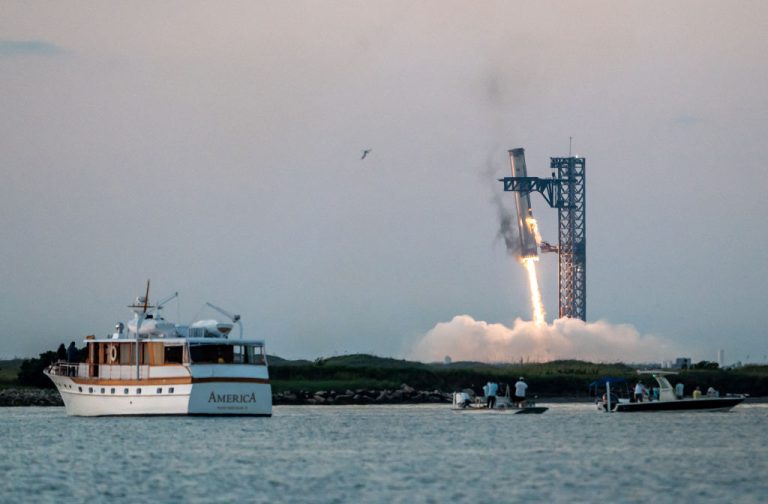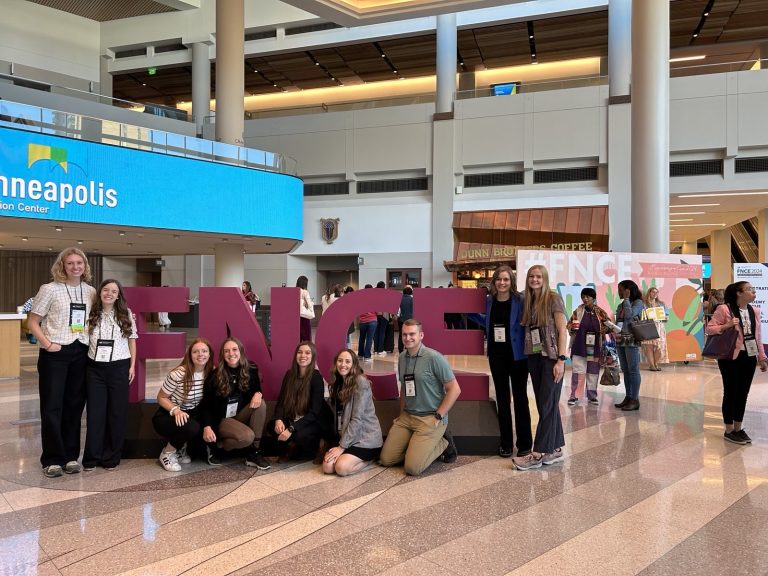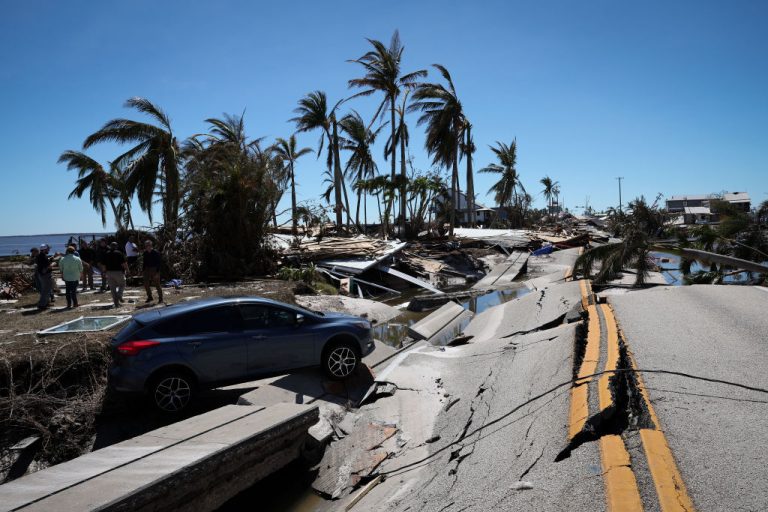On Oct. 13, Elon Musk’s SpaceX achieved an historic first, successfully launching the world’s largest rocket, then catching it as it descended with massive mechanical “chopsticks.”
It’s intended that this first of its kind, incredibly precise maneuver, will become commonplace and drive down the cost of launching supplies and astronauts into space to destinations including the Moon and eventually Mars.
“We need to be able to catch these, put them down, throw another ship on, fuel, and go again,” Zac Aubert , founder of The Launch Pad Network, told Fox News.
Aubert explained, “This is a 22-story tall rocket ship flying back autonomously and being caught within a few centimeters by these two massive arms.”
This incredible feat of engineering, while executed by the SpaceX team, was initially Musk’s idea. He wanted to make the rocket lighter to make it easier for it to counter Earth’s gravity, so he essentially transferred the weight of the landing gear to a tower by eliminating the need for landing gear entirely by designing a tower that could catch the booster.
Success
You are now signed up for our newsletter
Success
Check your email to complete sign up
The savings achieved by reusing rockets are substantial. It cost about $25,000 to send one pound of payload into orbit using NASA’s Space Shuttle before it was retired in 2011, whereas SpaceX, by reusing its Falcon 9 boosters, has brought that cost down to around $1,500 per pound.
Right now it costs roughly $67 million per launch, but Musk believes he can get this cost down to around $10 million.
If successful, this could make a number of proposed space based industries viable, including manufacturing in space and asteroid mining.
RELATED:
- SpaceX Makes First Private Spacewalk in Polaris Dawn Mission
- Musk’s SpaceX Testing Breakthrough Tech in high-stakes Private Spacewalk Trial
Rocketering history
Previous Starship tests ended with the Super Heavy booster either exploding, or landing in the water, while Sunday’s test was the first time Musk’s largest rocket made it safely back to the launch site.
The massive 398-foot-tall Starship rocket launched at 7:25 am from the SpaceX Starbase launch site in South Texas, relying on 33 Raptor engines that produced nearly 17 million pounds of thrust and consumed 20 tons of methane and liquid oxygen propellants every second while at full throttle.
While ascending, with all 33 engines firing for two-and-a-half minutes, Starship reached 3,300 mph or 5,300 km/hr. When returning to Earth its top speed was over twice the speed of sound.
After reaching a peak altitude of 59 miles, or 96 kilometers, over the Gulf of Mexico, the rocket began its descent, using 13 engines to manage its speed.
The rocket then cut all but three engines for the precise maneuvering required to land perfectly between the two arms of the launch tower, dubbed Mechazilla.
SpaceX communications manager, Dan Hout, said, “That’s the first ever booster catch, a major step on the way to rapid reusability.”







